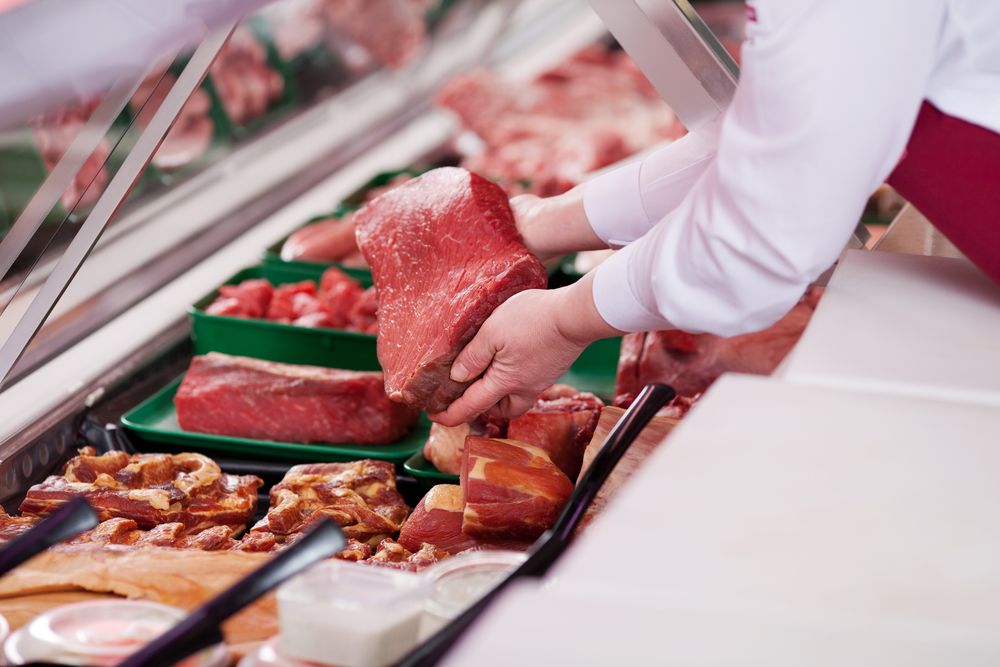In the domestic market, the Central Bank of Paraguay (BCP) reported that the price of beef in February showed a result of -1.5%. If we break down this segment into the cuts, we can see that some of them presented relatively significant drops, such as prime rib, which has a rate of -5.3%, an accumulated variation of 2.9%, and an interannual variation of 4.5%
Likewise, the void registered a monthly variation of -3.5%, with an accumulated rate of 4.1% and an interannual variation of 9%. The cuts of rump and leopard tail also had decreases, both with a monthly variation of -1.4%. In the case of the rump tail, with an interannual variation of 1.9%; and the peceto, with an interannual rate of 4.4%.
At the same time, there are slight rises in other cuts such as rump, which rose 0.9% in February of this year, as well as the second rib, which also rose 0.9%. In the same way, second-rate ground beef had a monthly variation of 0.8%; followed by the loin, with 0.7%; and second-hand carnaza, with a 0.6% monthly variation.
Likewise, the rump cap also increased by 0.5%; the white meat, in 0.1%; the first-rate stew increased 0.7% and the second-rate stew had no monthly variation as of February of this year. With these numbers, bovine meat as a whole obtained a monthly variation of -1.5%, with an accumulated rate of 0.9% and an interannual variation of 2.4%.
Also read: New markets, the hope of the livestock sector in the face of stagnant production
Regarding substitute goods for beef, both poultry meat and pork meat have shown total increases of 1.3% and 1.5% respectively. In both cases, if we look at the cuts, we will see that all of them have had a positive variation except for chicken breast, which did not register any variation in February of this year.
In poultry cuts, the greatest increase occurred in chicken stew, which rose 3.2%; followed by the chicken wing, with 3%; and chicken thigh, with 2.1%. In last place is the whole chicken, which increased its price by 2%. Thus, the accumulated variation of poultry meat is 0.5% and the interannual variation is 8.4%.
On the other hand, pork cuts have the cutlet as the one that registered the greatest increase, with a monthly variation of 2.6%; followed by pork leg, with a rise of 1.8%. In third position is the pork shoulder, which had a rise of 1.4%; and finally, the pork rib, with an increase of 0.9%.
With these numbers, pork has an accumulated variation of 1.2% and an interannual variation of 5.8%.
According to the BCP report, which collects data from agents in the sector, beef registered price reductions in several cuts due to the fact that there is a greater internal supply thanks to a lower international price of the product, which translated into pressure lower domestic prices.
Regarding pork, the report from the parent bank indicates that the verified increases coincide with the first shipment of pork destined for Taiwan, reducing local supply and pushing prices up.
Avian flu advances in the region
The avian influenza situation in Argentina is increasingly worrying specialists due to the progress of the disease. The infections are registered in different provinces of Argentina: 13 occurred in Córdoba, 4 in Buenos Aires, 2 in Santa Fe, 1 in Jujuy, 1 in Neuquén, 1 in Río Negro, 1 in San Luis and 1 in Salta.
After the confirmation of 4 new cases of bird flu in the province of Córdoba, the country reached the total figure of 24 infections. This was reported by the National Agri-Food Health and Quality Service (Senasa), after analyzing samples of backyard birds from establishments located in the towns of Carnerillo, Alejandro Roca, Laboulaye and Bell Ville.
This generates concern in the Paraguayan poultry sector, given the possibility of cases occurring in the country, in addition to the increase in poultry meat smuggling that could occur. The consultancy Mentu pointed out that, with illegal income, producers would have more informal competition for supply in the domestic market, which would challenge them to increase their shipments to international markets.
“In February of this year, 18% of exports went to maritime supply, similar to Iraq; followed by Georgia, which represents 14%; and Albania, 10% of the total. The total exported in the month was 1,059 million kilograms of meat and poultry offal, for USD 997 thousand. This means growth ”, read the data shared by Mentu.


